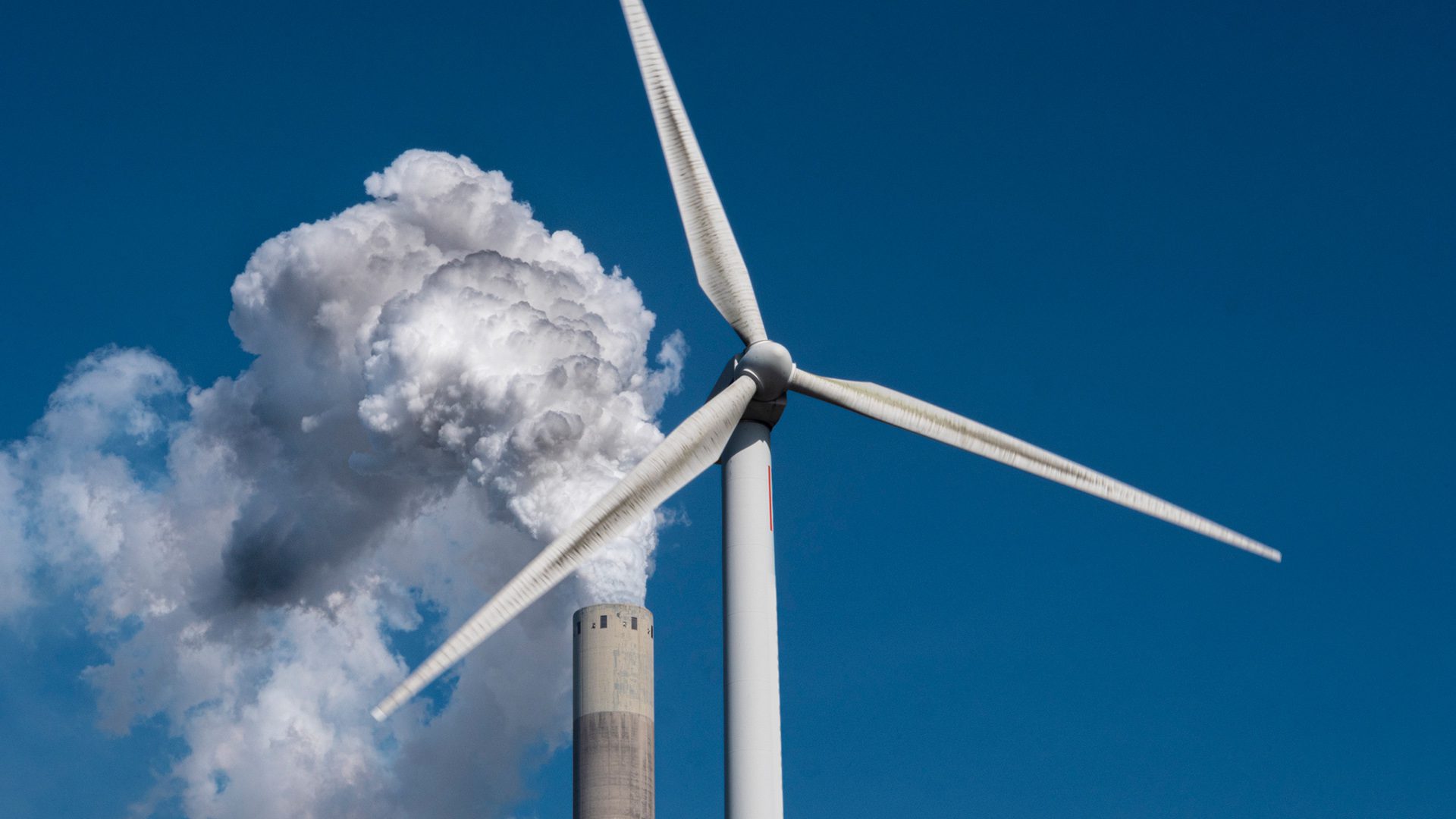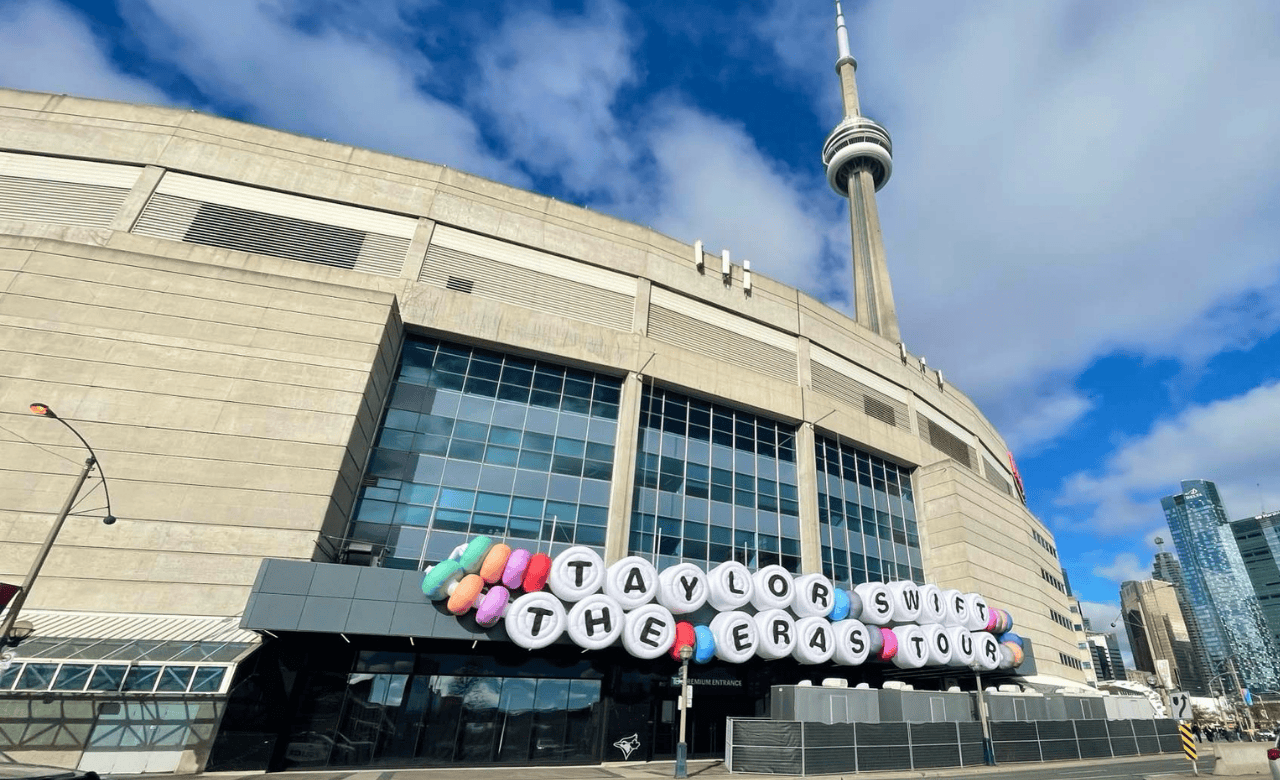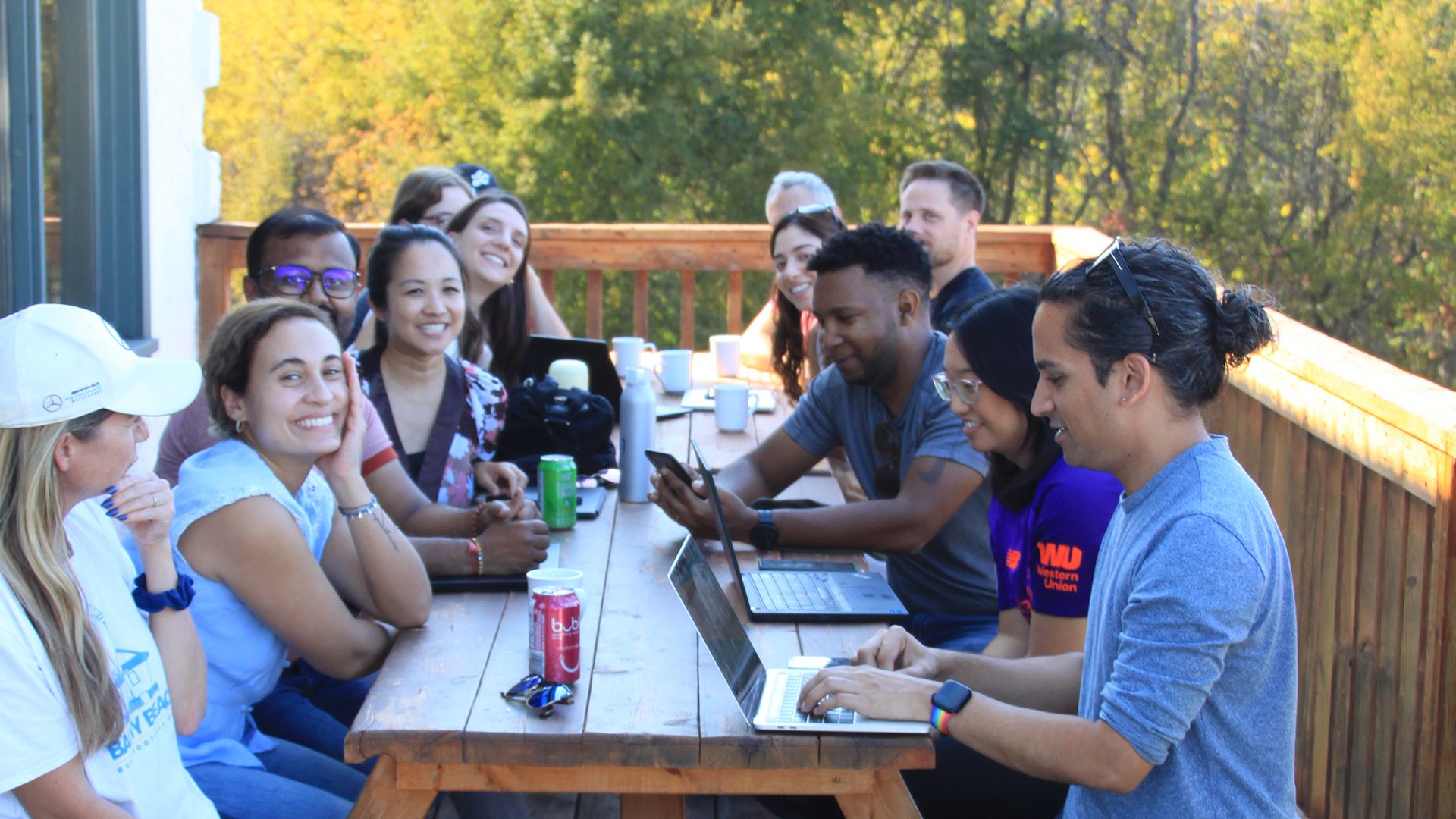Another COP
Another COP

Posted on: Friday Dec 1st 2023
Article by: Sarah Roberton
The public is alarmed by climate change but lukewarm about many of the actions being taken to stop it. Why?
Before COP28 even kicks off, it is widely expected that the results of the first “global stocktake” – which will examine all the commitments made since the 2015 Paris Agreement and assess how far governments are from achieving them – will show that countries are falling well short of the goal of limiting global warming to 1.5 degrees Celsius.
A sense of defeatism can be self-fulfilling. It can erode governments’ and businesses’ confidence that if they take risks to drive big changes, people will come along – and reward them with votes and support. Especially at a time when day-to-day affordability is the top-of-mind concern for tens of millions, climate can seem far from a ballot box issue. When I work with organizations that feel the urgency of climate issues keenly, their biggest question is often, “Why isn’t the public more on board?”
Why isn’t the public more on board?
For many years, Canadians have expressed deep concern at the planet’s changing climate as well as support in principle for action to stem greenhouse gas emissions. Significant shares have even expressed a willingness to pay for effective interventions, as both citizens and consumers.
However, public support for many climate actions undertaken by governments and firms is weak. Shouldn’t the public be more excited when leaders try to solve big problems? Perhaps. But a string of recent news articles point to the pitfalls of tackling complex challenges. A measure intended to curb commercial ship pollution had
unintended consequences
.
Amid a cost-of-living crisis, the federal government
acceded to push-back
from Maritimers on home heating costs elevated by the carbon tax, their signature climate policy. The federal government’s clean tech fund, intended to provide green innovators with access capital, has been
suspended
amid controversy over its management.
These setbacks arise from generally positive actions: serious efforts to curb emissions and accelerate the energy transition through both technological innovation and economic incentives. Given that climate change is arguably the most complex problem humans have ever had to solve, it’s not surprising that there will be bumps along the way as governments and businesses test totally new solutions.
But many members of the public are simply scanning the headlines, not deeply informed about the painstaking work – and sometimes significant progress – behind these attention-grabbing missteps. This tendency to lose sight of the wider context is not unique to the climate issue. It’s often difficult for the public to keep big-picture, long-term change in mind amid the complaints and debates of the present. When it comes to climate in particular, it’s easy for people to become discouraged and say, “Why bother?”
The fact is, the public is on board in principle – but many environmental messages don’t resonate because they’re not built with audiences in mind. It’s especially important for communicators to consider the non-engaged public, who understand broadly that climate change is a problem but may not have the time or background knowledge to connect the dots for themselves as to how the problem and potential solutions affect their own lives. Even for those who are relatively engaged and informed, the perceived missteps and seeming lack of effective action can make it tempting to unplug.
Where do we go from here?
A fundamental rule of communications is to keep the audience in mind. For communicators seeking to engage and galvanize a non-engaged public around climate action, this principle is even more vital.
One good way to connect with people who might not see themselves as environmentally oriented is to tell them stories of people like themselves taking worthwhile action. These
stories of Canadians in three provinces
sharing their experiences of adopting heat pumps are a good example. Avoiding abstract political wrangling about rules and taxes, they stick to the pros and cons of pragmatic, on-the-ground decisions that will benefit household budgets while also leading to good environmental outcomes.

Hearing about ordinary people making green choices can make positive steps seem more possible than stories of disasters or stressed ecosystems. It can also create a sense of momentum – that change is already underway and that ordinary people can choose to be part of it. In essence, changing behaviours can lead to altered opinions, rather than the other way around.
The sense of joining a broader action is also powerful. The pull of the oft-heard message that individuals are solely responsible for environmental damage is hard to overcome. So environmental communicators would do well to highlight the many ways in which people and organizations are already working together on climate mitigation and adaptation, including by sharing knowledge and guidance on effective action.
For governments and corporations who want the public to give them credit for making smart moves on climate, it may not be possible to avoid negative coverage of failures and setbacks. But they can continue to reinforce the sense that good things are happening by first tailoring messages to audiences’ existing knowledge and concerns – including about the cost of living – and then showing concrete ways for them to be part of the movement to save the world.





